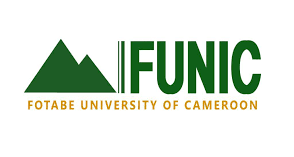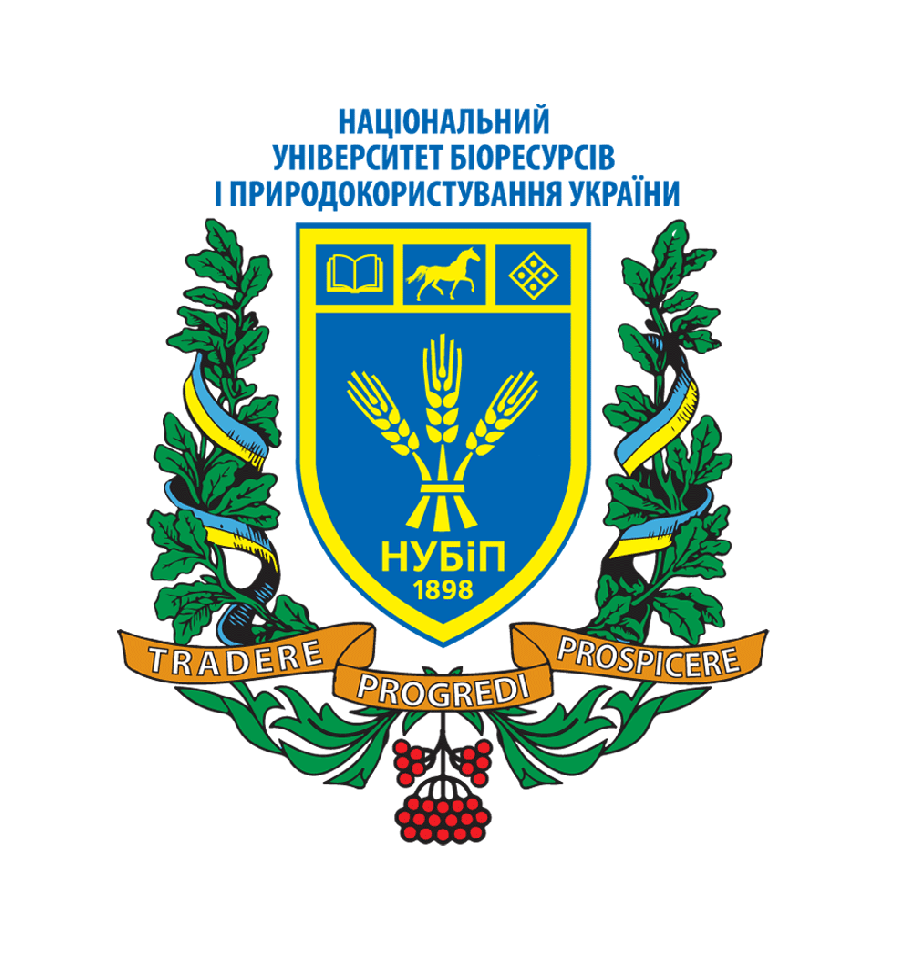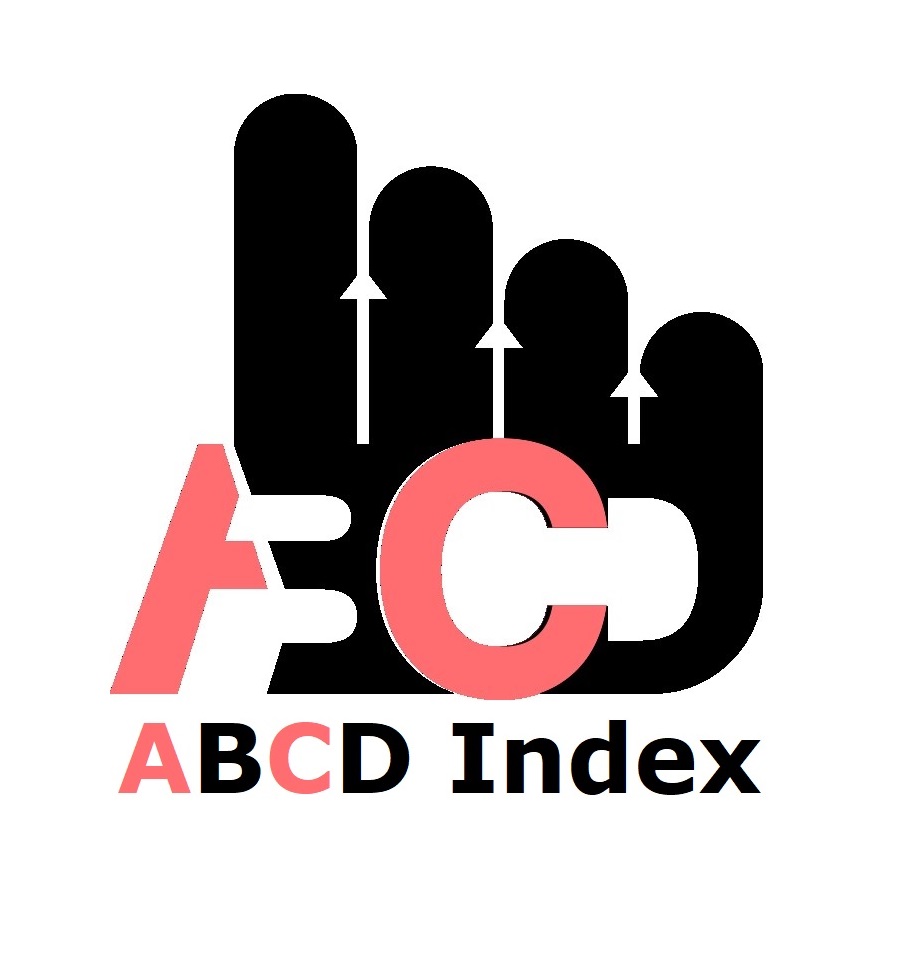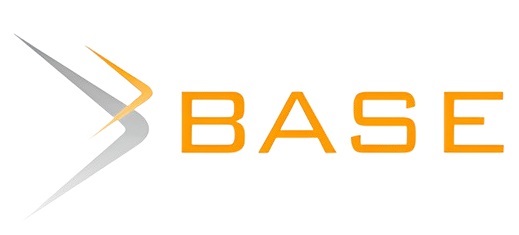Effects of Debtors’ Management on Financial Performance of Savings and Credit Cooperative Organizations in Nandi County, Kenya
Keywords:
Financial Performance, Management of Loan Debtors, SACCOsAbstract
Savings and Credit Cooperative Organizations (SACCOs) are key components of the economy and social development. However, it’s experiencing both internal and external issues that should be handled. The study attempted to identify the effects of business financial parameters on the performance of SACCOS in Nandi County. Specifically, the study investigated the effects of the management of loan debtors on the financial performance of SACCOs in Nandi County. The study was guided by liquidity preference theory, human capital theory, efficient structure theory, and Pecking order theory. The study used a descriptive research design to examine all the influences on financial performance. The target population was therefore all the ten SACCOS in Nandi County registered and licensed as of January 2023, where eighty-seven employees were randomly sampled to participate. The primary sources of data collection used in data collection were structured questionnaires as the main tool. Content validity was used to determine the validity, while Cronchbach’s alpha coefficient was used to determine the reliability of the research instrument. The data was analyzed using both descriptive and inferential statistics. For descriptive statistics, tables and narratives were used, and for inferential statistics, correlations and regression analyses were used. The Statistical Package for Social Sciences software (SPSS) helped with data analysis. The study findings indicated that there was a positive and significant effect of loan debt management on the performance of Saccos in Nandi County (t = 9.833, P < 0.05). The study recommended that Sacco management should maintain a credit policy manual to help in debt recovery and even avail the required resources needed for effective management of loan debtors.
Published
How to Cite
Issue
Section
Copyright (c) 2023 Ogla Jelagat, Maniagi Musenga, Ayub Shitseswa

This work is licensed under a Creative Commons Attribution-NonCommercial 4.0 International License.
Most read articles by the same author(s)
- Cecilia Mbula Musyoka, Ayub Shitseswa, Dishon Munuhe Wanjere, Effect of Stakeholder Participation in Planning on Performance of Kenyan Alcohol Manufacturing Firms , African Journal of Empirical Research: Vol. 4 No. 1 (2023): Jan-Jun 2023
- Maryline Barasa, Charles Tibbs, Ayub Shitseswa, Influence of Debt Restructuring Strategy Implementation on Performance of Selected Commercial Banks in Kisumu Kenya , African Journal of Empirical Research: Vol. 4 No. 2 (2023): Jul-Dec 2023























